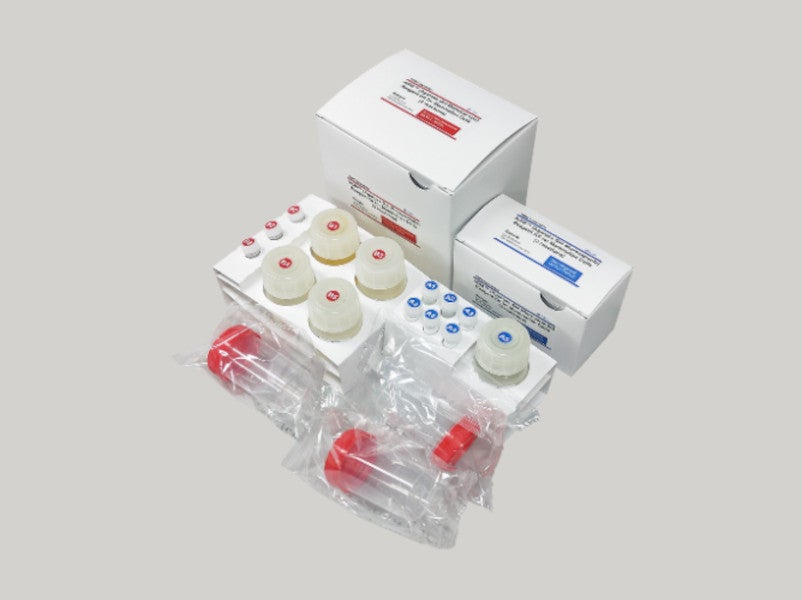
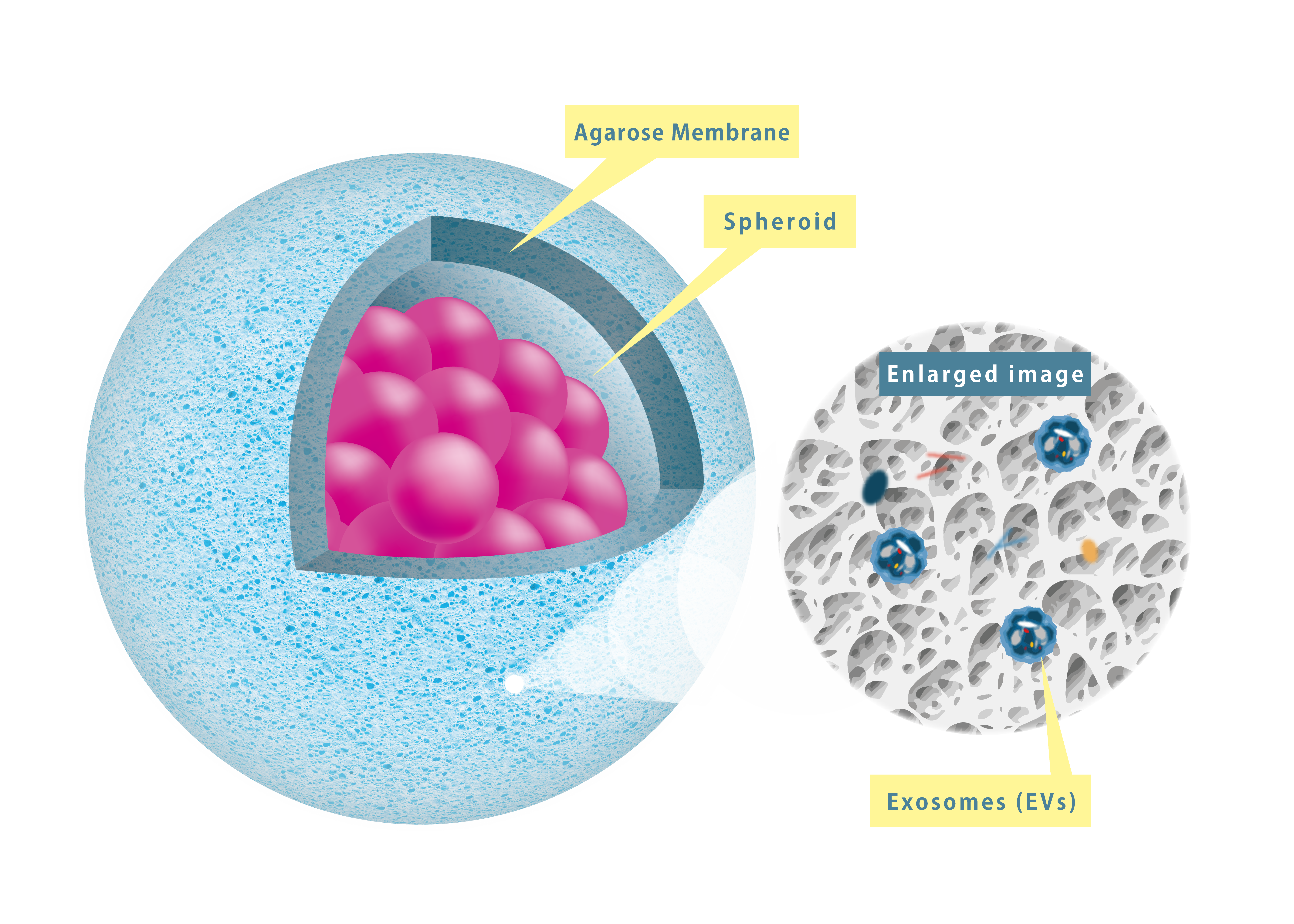

The encapsulation technology of living cells can be used in many areas of research, including cell culture, cell transplantation, cell-based therapeutic delivery, and controlled drug delivery, because the living cells are encapsulated in a biocompatible protective capsule that maintains an optimal survival environment. Furthermore, the encapsulated membrane structure also functions as an inhibitory and protective mechanism against attacks by the autoimmune system, and is being investigated for effective use in xenotransplantation and other applications.
The agarose capsule is a porous material of 30 to 200 nm in diameter that can quickly accommodate media exchange
and gas exchange, including metabolites from cells. It also has an isolating function against foreign substances
entering from outside the membrane, and provides excellent cell protection against shear damage during medium
exchange, which is an issue in cell culture.
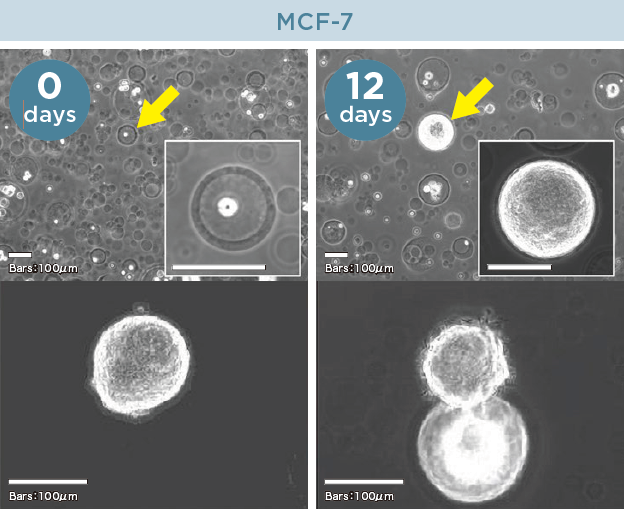
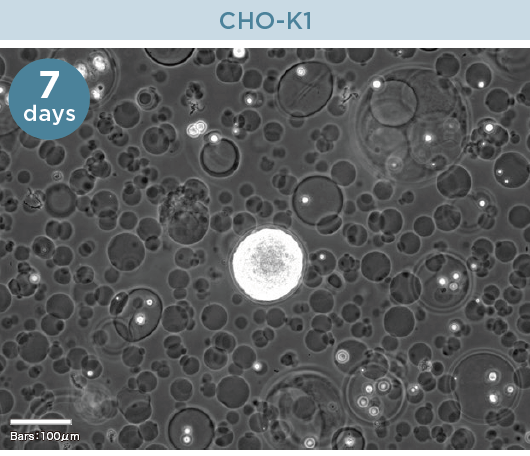 *When cells are cultured in the AGM, they grow throughout the core and form spherical aggregates called spheroids.
*When cells are cultured in the AGM, they grow throughout the core and form spherical aggregates called spheroids.
| AGM (our technology) |
Gel beads | Water-in-Oil droplet |
|
|---|---|---|---|
| Form | 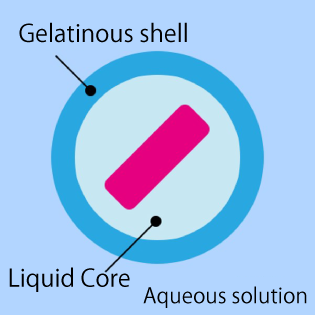 |
 |
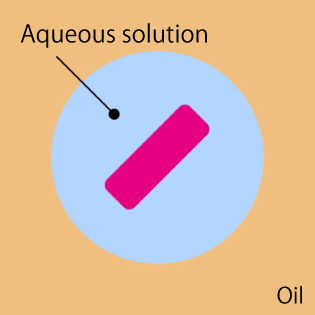 |
| Buffer, reagent exchange | Easy | Easy | Difficult |
| Diffusion in capsule | Easy | Difficult | Easy |
| Unit of 1 capsule | Easy | Easy | Difficult |
| Documents | Aoki H, 2022 | Bigdeli S, 2015 | Hosokawa M, 2017 |
| AGM | |
|---|---|
| Form |  |
| Buffer, reagent exchange | Easy |
| Diffusion in capsule | Easy |
| Unit of 1 capsule | Easy |
| Documents | Aoki H, 2022 |
| Gel beads | |
|---|---|
| Form |  |
| Buffer, reagent exchange | Easy |
| Diffusion in capsule | Difficult |
| Unit of 1 capsule | Easy |
| Documents | Bigdeli S, 2015 |
| Water-in-Oil droplet |
|
|---|---|
| Form |  |
| Buffer, reagent exchange | Difficult |
| Diffusion in capsule | Easy |
| Unit of 1 capsule | Difficult |
| Documents | Hosokawa M, 2017 |

AGM made by On-chip Droplet Generator(On-chip Biotechnologies) with the average diameter of 80 micrometer.
| Applicable cell | animal cells | microorganisms |
| Model | AGM-1000 | MCM-3 |
| Volume | 3 times for each model | (each time corresponds to 3 x 10⁶ cells)
| Storage | Refrigerated storage required |
| Expiry date | Within 1 year |
| Delivery | TBD |
